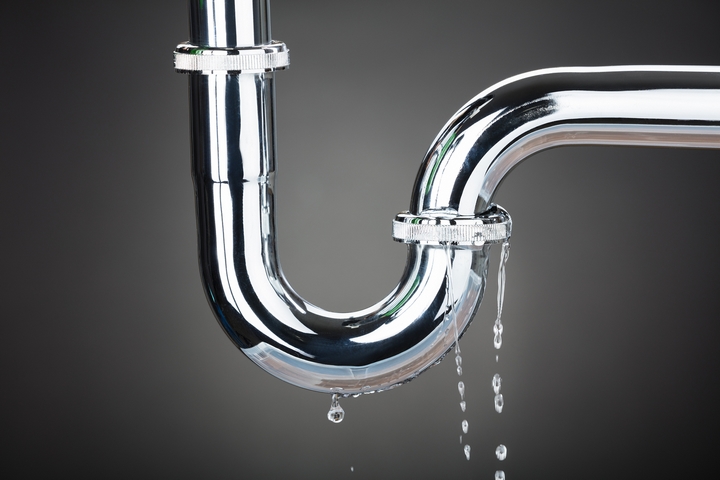Finding and fixing water leaks in a house takes a careful eye. A water leak can happen in various areas of your plumbing. It may not appear so, but even small water leaks can be very expensive with your utility bill and waste hundreds of litres of water.
A leaky tap can mean an additional 10,000 litres of water you’re paying for every year. Let’s learn how to find a water leak in your plumbing:
1. Check leaky faucets
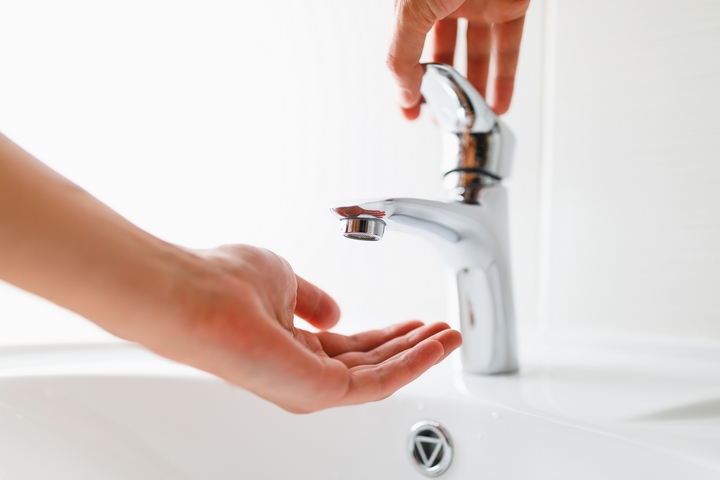
Start with the easiest thing. If you see your water bill is higher than normal, or you suspect there could be a leak somewhere on your property, start with your faucets. Have a look to see if there is any dripping.
If you notice, there is, fortunately, this is an easy fix. The faucet components will either need to be tightened or will need to be replaced. It’s a very cheap water leak repair.
2. Investigate your fixtures
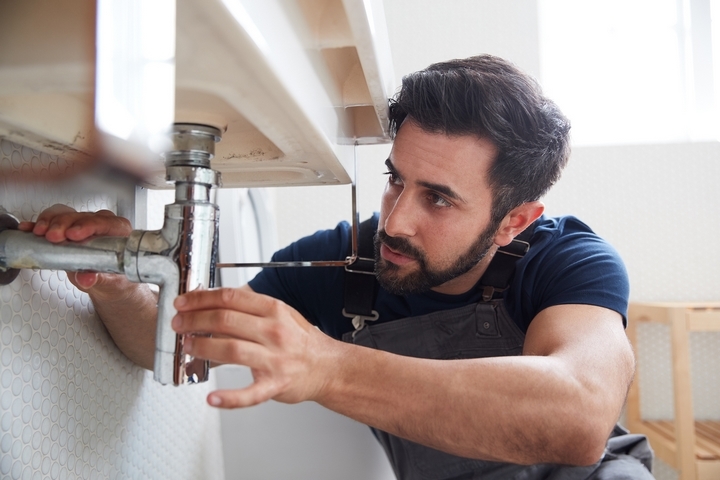
While you’re looking at faucets, check out the fixtures around them. Look underneath sinks, cabinets, and around the kitchen, laundry, and bathroom. If it’s not dry in these spots, it’s a problem.
You may also want to contact a plumber Hamilton for a further inspection. They will have the expertise to examine your pipes and plumbing systems thoroughly.
3. Look for obvious signs of water damage
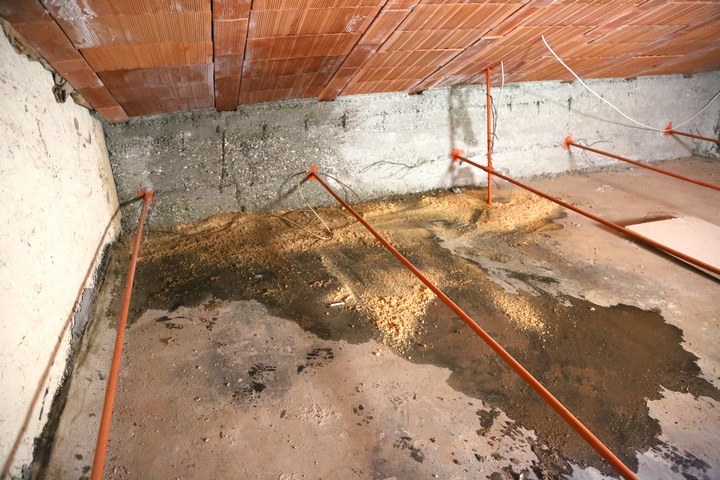
If you see signs of water damage, you know something’s up. Dark or wet spots on the wall or ceiling. Any paint that’s cracking, bubbling or flaking. Water or moisture collecting in an area. Sounds of a leak coming from the wall. A damp, musty, or mouldy smell. The sight of mould.
Any oxidation or discoloration around a water heater, pump, hose, or valve. All of these signs of water damage can help you identify where there’s a water leak.
4. Follow the smell of mold or anything foul

Go through your home for any mouldy smells. Mould or foul smells shouldn’t ever exist. When they do, that’s a sure sign there’s moisture somewhere that shouldn’t be. It doesn’t indicate a water leak per se, though.
For example, roofing can leak and bring in moisture. If you have a basement, you could have a foundation crack or sump pump issue that brings in water. These are all individual problems that have to be suspected.
5. Check your toilet tank
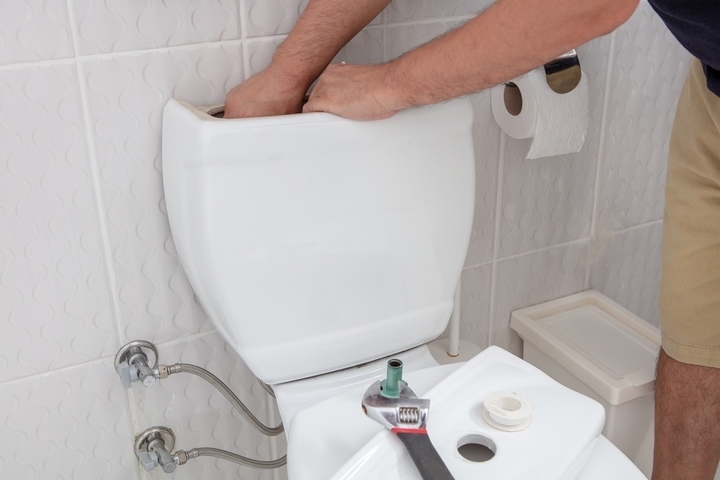
Look at your toilet for any signs of leaking. A dye test will show this. Put a few drops of food colouring inside the toilet tank. Do not flush. Walk away, wait for a half-hour and then return to the toilet.
If there’s food colouring in the toilet bowl from the tank, you know there’s a leak in the tank. To complete this type of repair, you or a plumber will need to replace the rubber flapper.
6. Pipes behind the wall
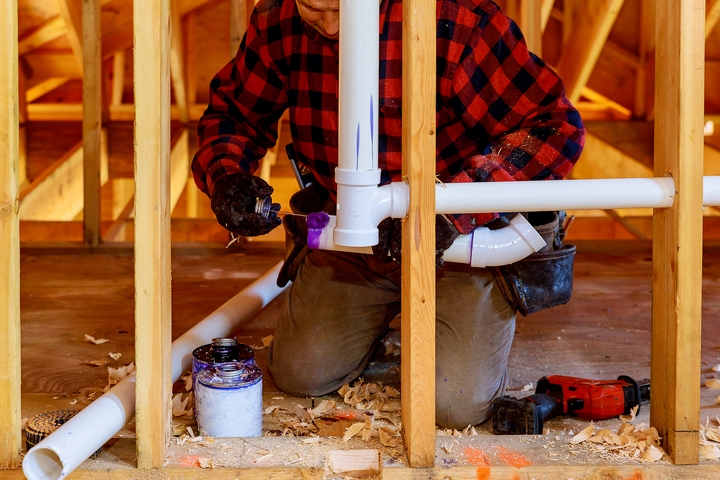
You have some plumbing in the wall. This can leak and not be noticed for decades. You might hear a dripping sound, see bubbling paint, have some wall discoloration, or have a musty smell moving around your home.
This can be difficult to diagnose, but it’s worth keeping in mind because a leak from a pipe inside the wall is just as serious, if not more, than any other water leak.
7. Check appliances that use water
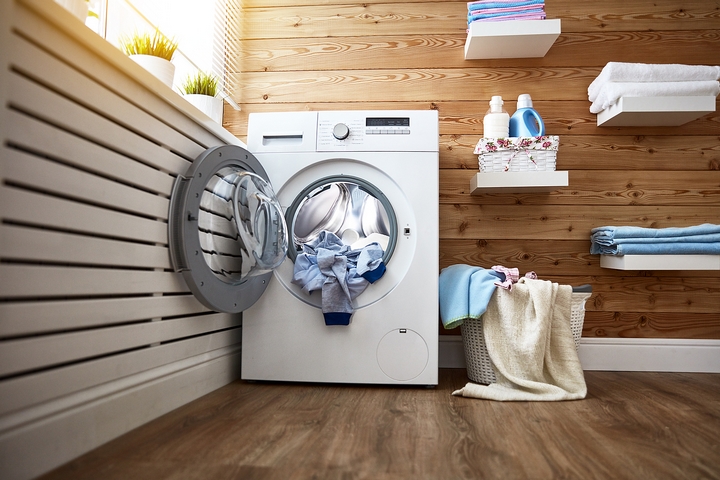
A water leak can occur around appliances, such as dishwashers and washing machines. Have a close around them, searching for puddles or signs that there was water there. If you notice a leaking appliance, it’s time to call a plumber or someone to investigate further. There may be a way to fix the water leak, or it may be time to buy a replacement.
8. Check your water meter
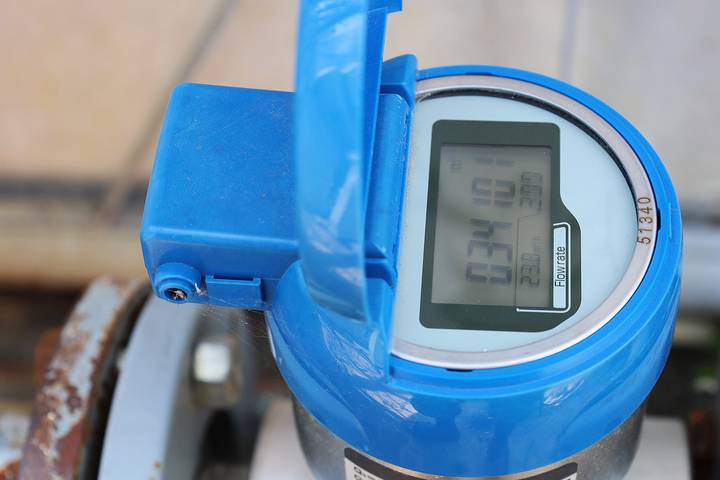
If you’ve tried everything, you can think of turning off the shut-off valve to your home’s main water supply line and then going to your water meter. Write down the numbers. Wait an hour and go back.
The numbers shouldn’t have moved. If they have, especially significantly, there could be a leak outside your home. You likely leak in the buried water line leading up to your house.
9. Check outside your home
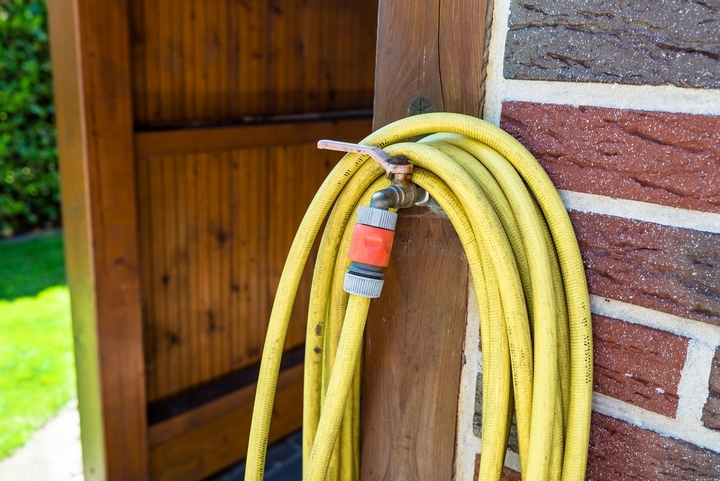
A water leak may not always happen inside the home. They can happen outside as well. Look at your outside spigots. Attach a garden hose, and if the water seeps through the connection, a problem exists.
Check elsewhere to see if there are other issues with your irrigation system. Furthermore, if you suspect a pipe could have burst from winter temperatures, even a small leak could be an issue.
10. Call a plumber
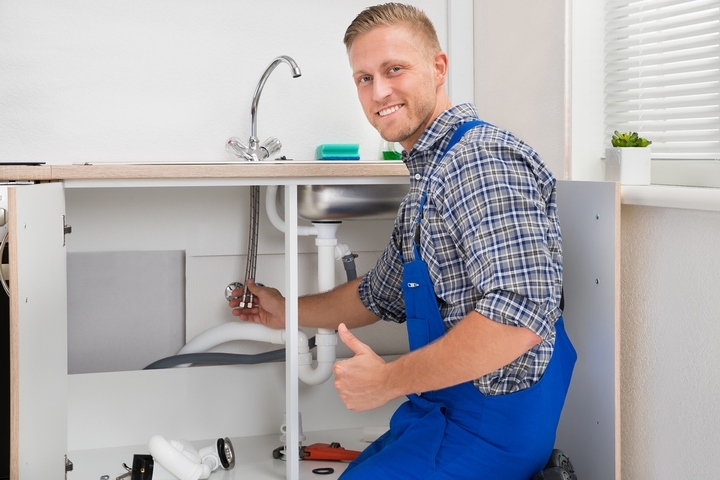
When in doubt, call a plumber. They can complete a thorough check of your plumbing system and all of the pipes, diagnosing where there are issues and estimating what it would take to repair. They will find water leaks in your plumbing that the average person wouldn’t even be aware of. A plumber is your best resource in fixing a water leak.

